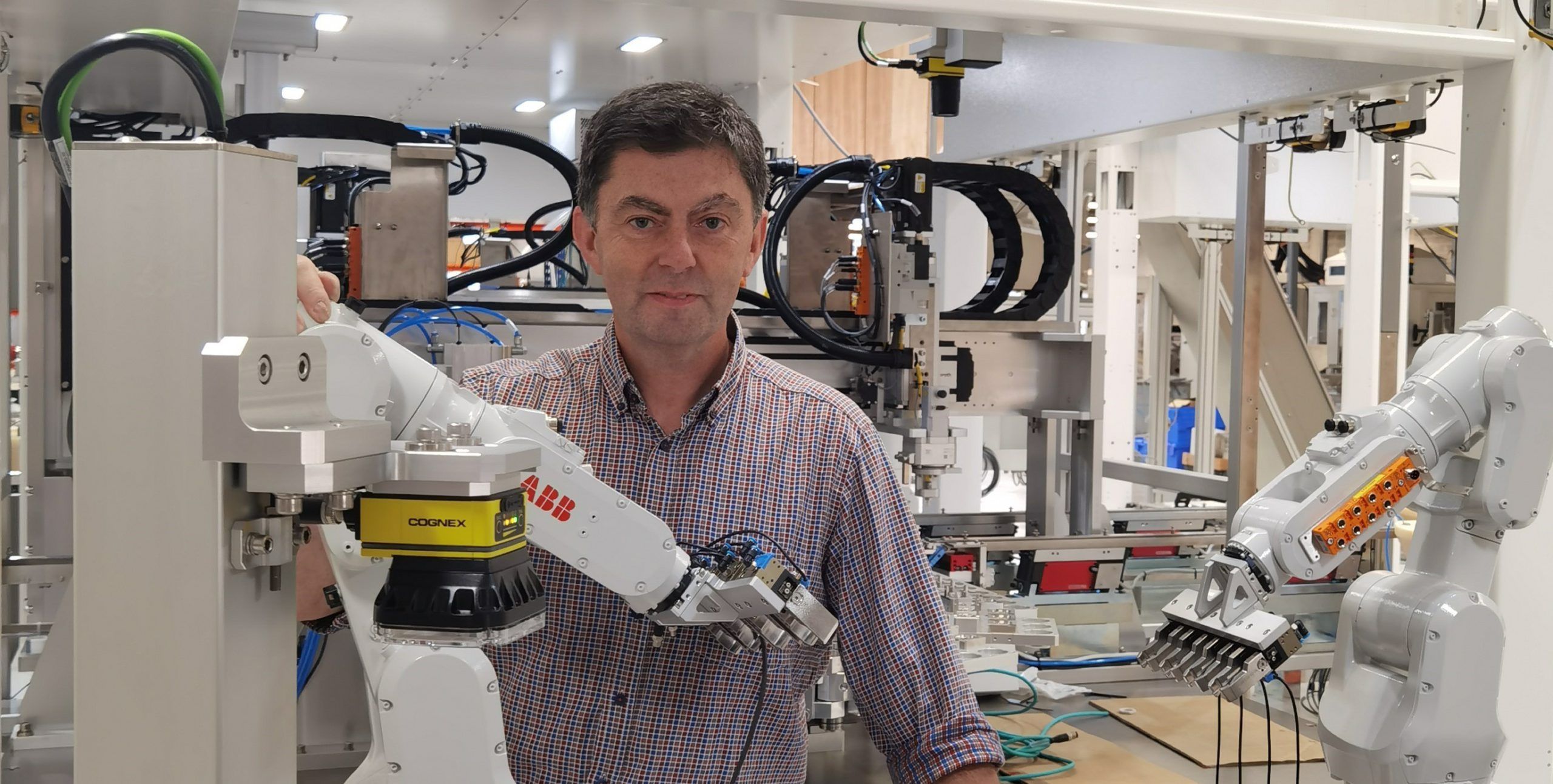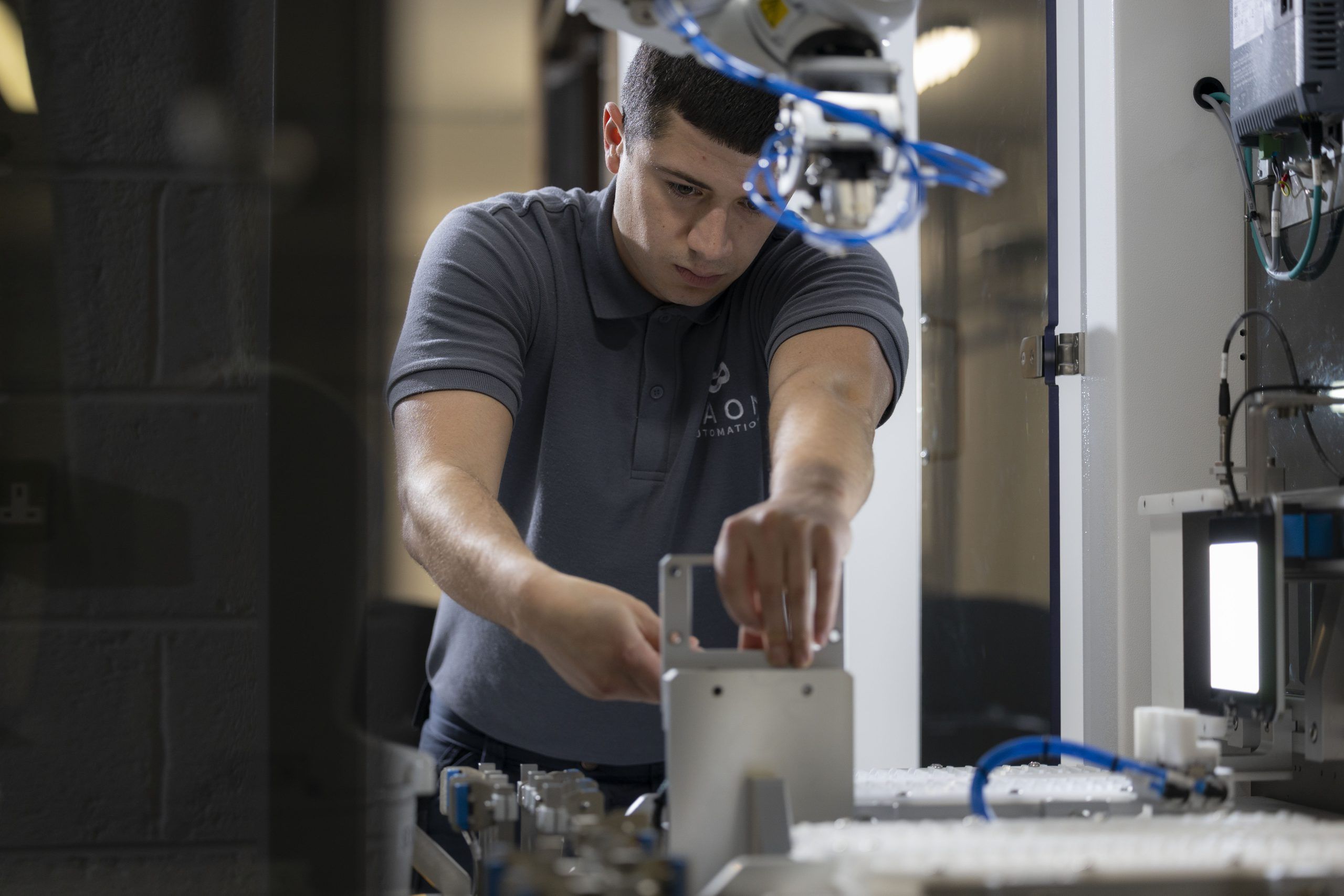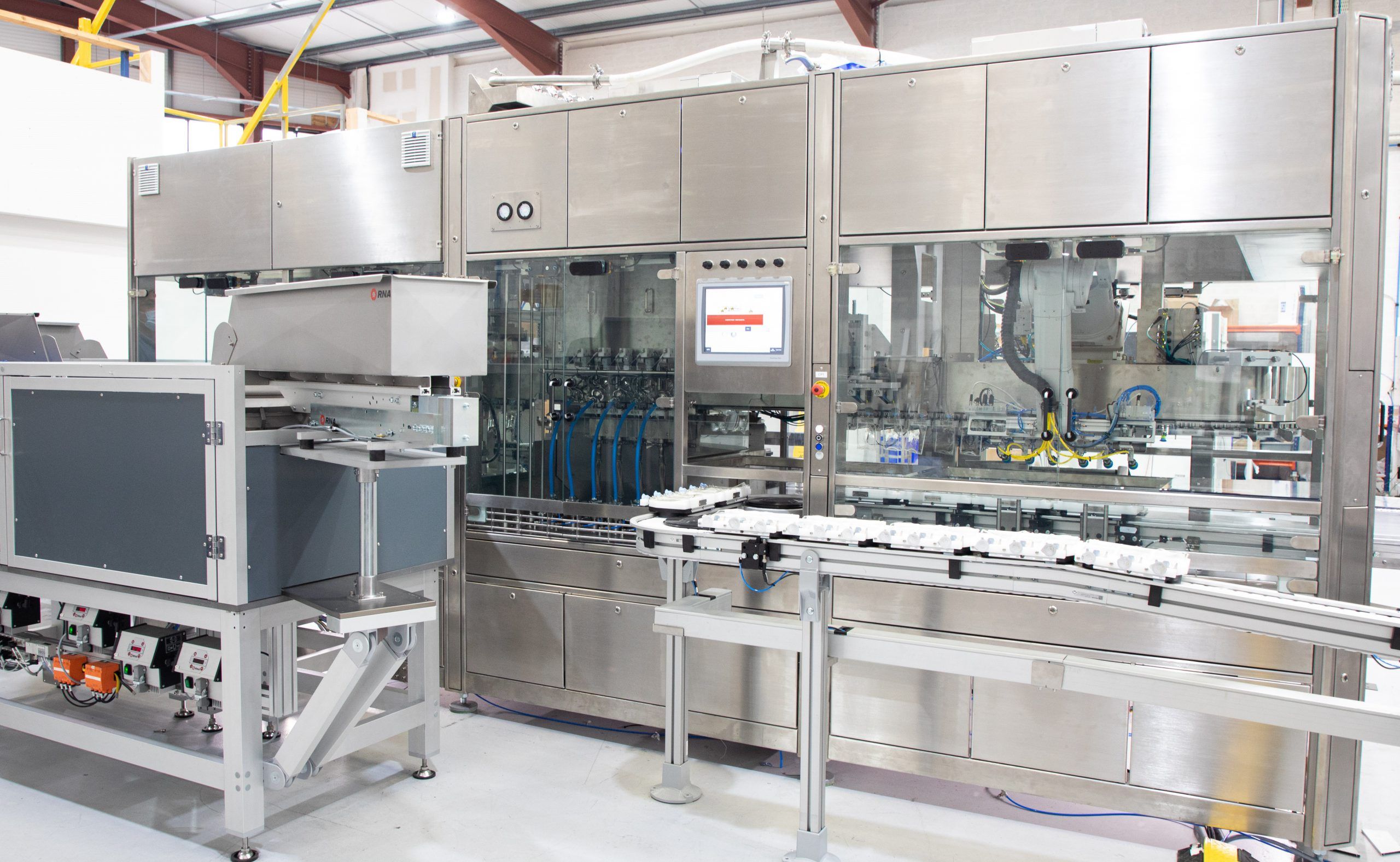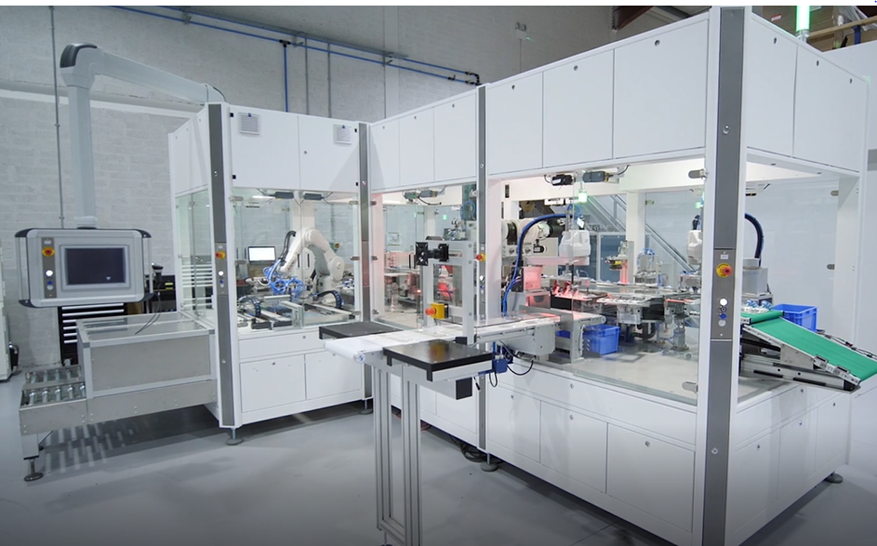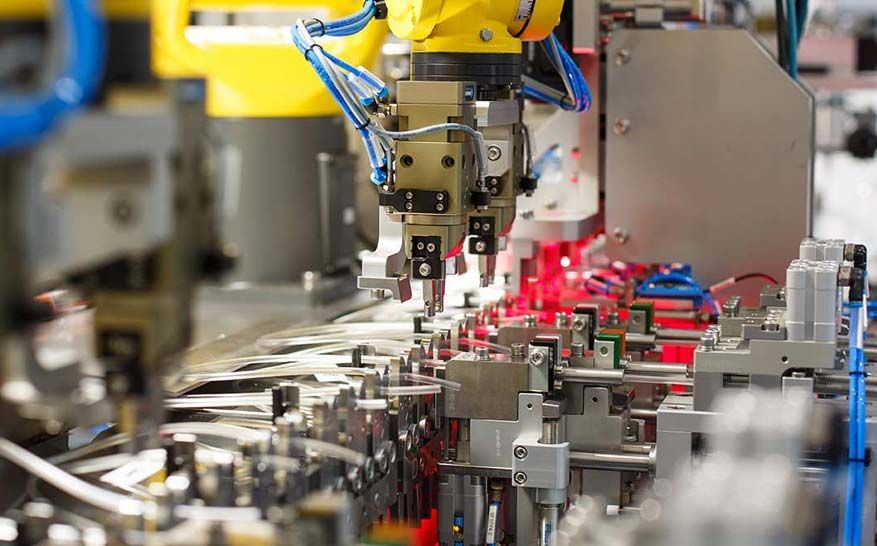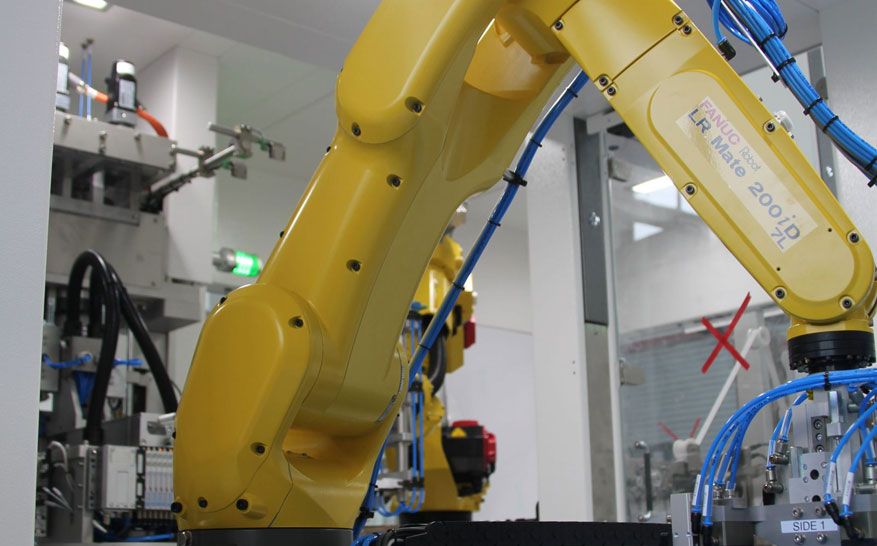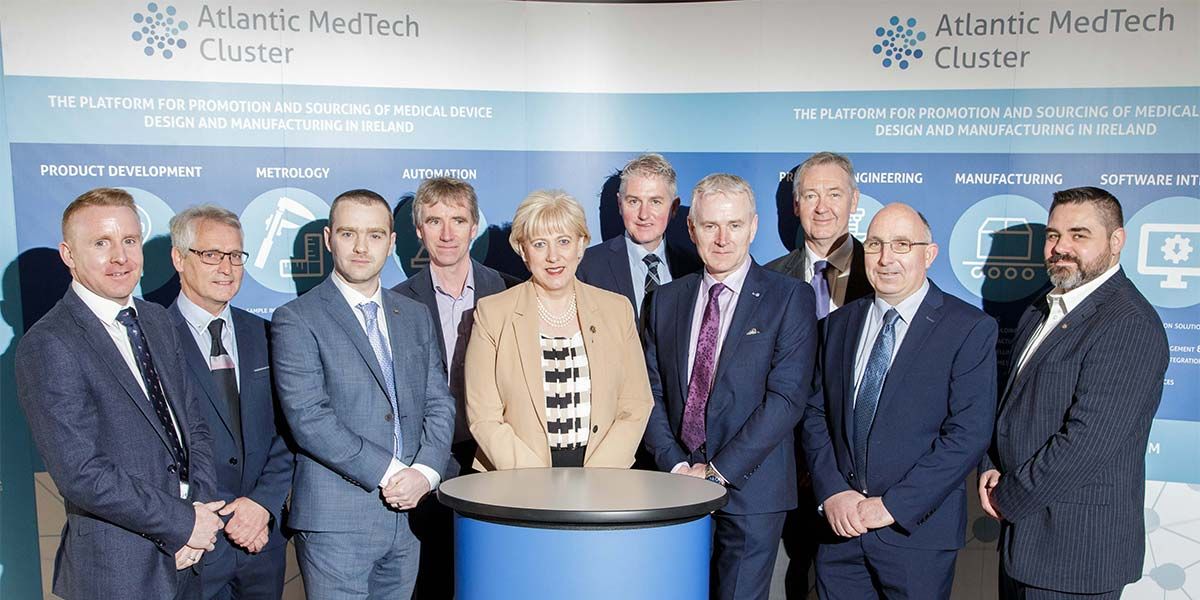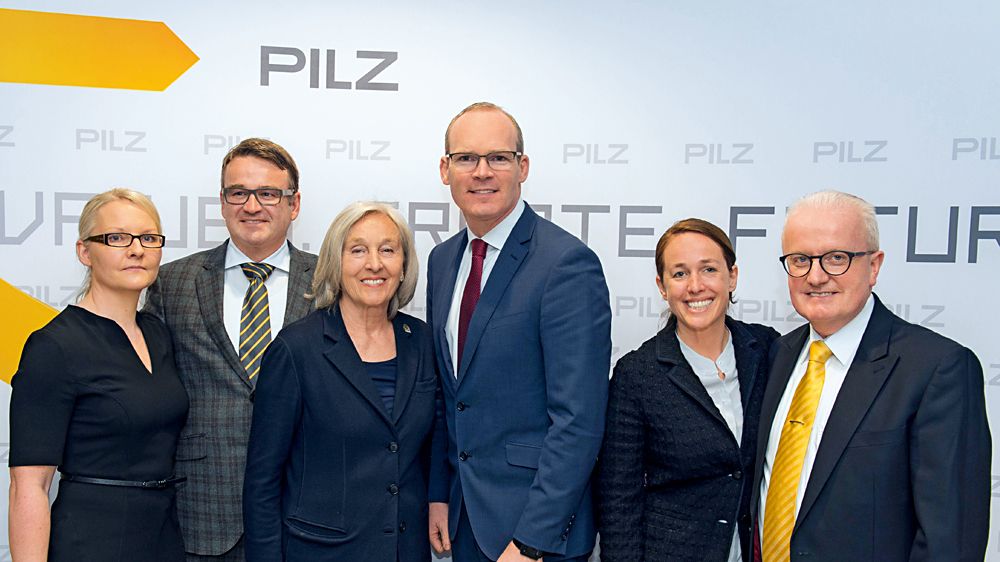“Work must be fun”, says Kieran Regan, KAON’s new Operations Manager
For some time now, we have been aware that KAON Automation had reached a stage of growth where we required an Operations Manager to help us to streamline our operations. We also knew that person had to be a fit with the positive, challenging work environment at KAON. So, in order to build our future, we reached out to our past.
Kieran Regan became Operations Manager at KAON in February 2022, having previously worked with KAON co-founders Garreth Finlay and Fergus Hynes in an automation company at the outset of all their careers.
Indeed, when they parted company it was for Garreth and Fergus to set up Automation Technology Services, which has since evolved into KAON, and for Kieran to join automotive manufacturing company MCI in Manorhamilton, Co Leitrim, where he gave Garreth and Fergus their first commission in their new company.
Kieran soon became Engineering Manager with MCI and stayed with them for 20 years, before KAON came calling. “MCI was a super company to work for, and I had a great relationship with everyone there,” he says. “But I was in a role I knew very well and felt that I was missing a challenge, even though I loved the company.”
Essentially, Kieran wanted to get into a pure engineering role rather than a manufacturing engineering role. “I wanted an operations engineering role with a lot more detail within the engineering process from design right through to completion and across the organisation,” he says. “I wanted to feel what that was like again and to be part of a company that was really growing. The excitement of the challenge was clearly there.”
While Kieran says that leaving MCI was one of the most difficult decisions he ever made, he is clear that it was the right decision for him. “The environment at KAON is exciting and challenging every day. I’ve had to relearn a language that I knew in the past. The language we use in largescale manufacturing is different than the language that is used in bespoke engineering production. This job is probably more challenging on a technical level, but that’s what I knew I was looking for,” he says.
“There was a level of creativity in my previous job from a continuous improvement perspective, but there is an essential requirement for creativity in the KAON process. It’s an engineering company at its core, so it’s creative by nature within the organisation. That’s what I love. It’s a positive, challenging atmosphere, and you see the process from birth, from creativity in design right through to the build coming to life and meeting customer expectations with success.”
Six months into his new role, Kieran is in the process of streamlining KAON operations. “The challenges I face would be around trying to streamline from a project management point of view the interactions between significant departments like electrical and mechanical design, and then when the design is complete, into the procurement phase, and then timing the procurement of components to the build phase of a project. The challenge of sequencing that with the constraints within material supply due to global supply chain issues is really significant but must be managed if we are to bring the business to the next level,” he says.
“It’s challenging, but it’s enjoyable. Above all else, work must be fun. It needs to be a supportive yet challenging environment. It’s got to be enjoyable, and it is at KAON.”
We currently have open positions across all disciplines for talented, motivated engineers in Sligo and Cork, so get in touch today if you are interested in working on the frontiers of what is possible in automation.
